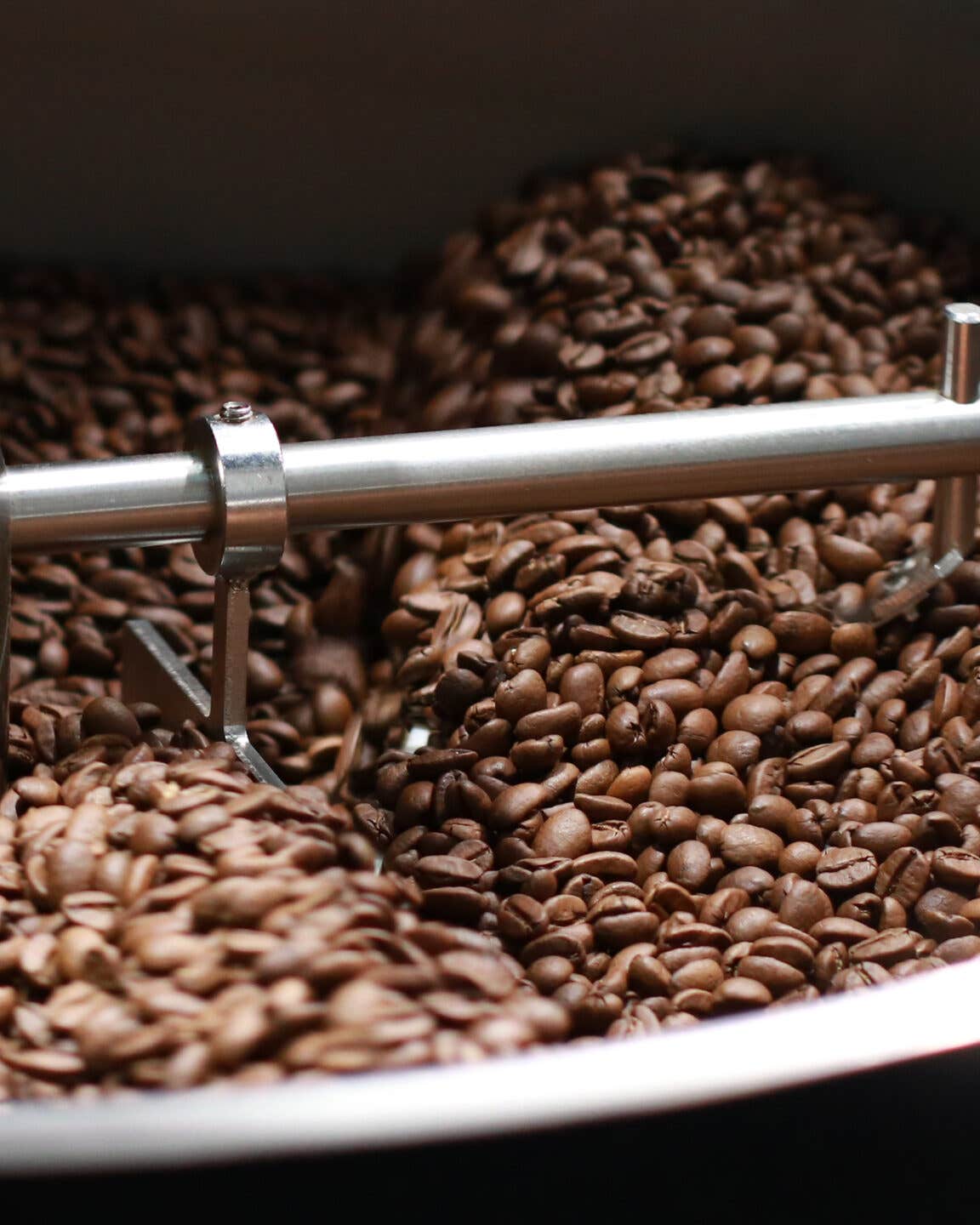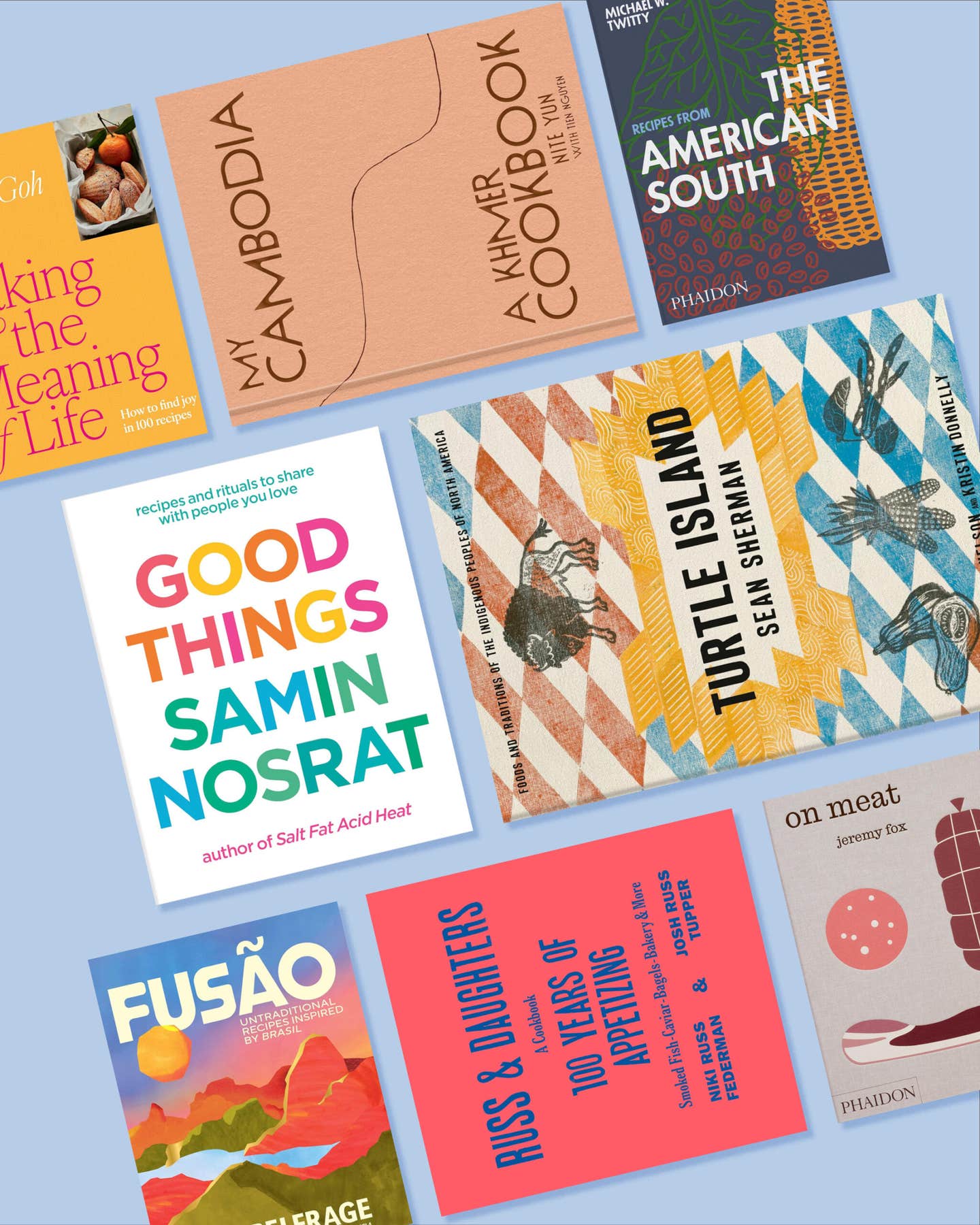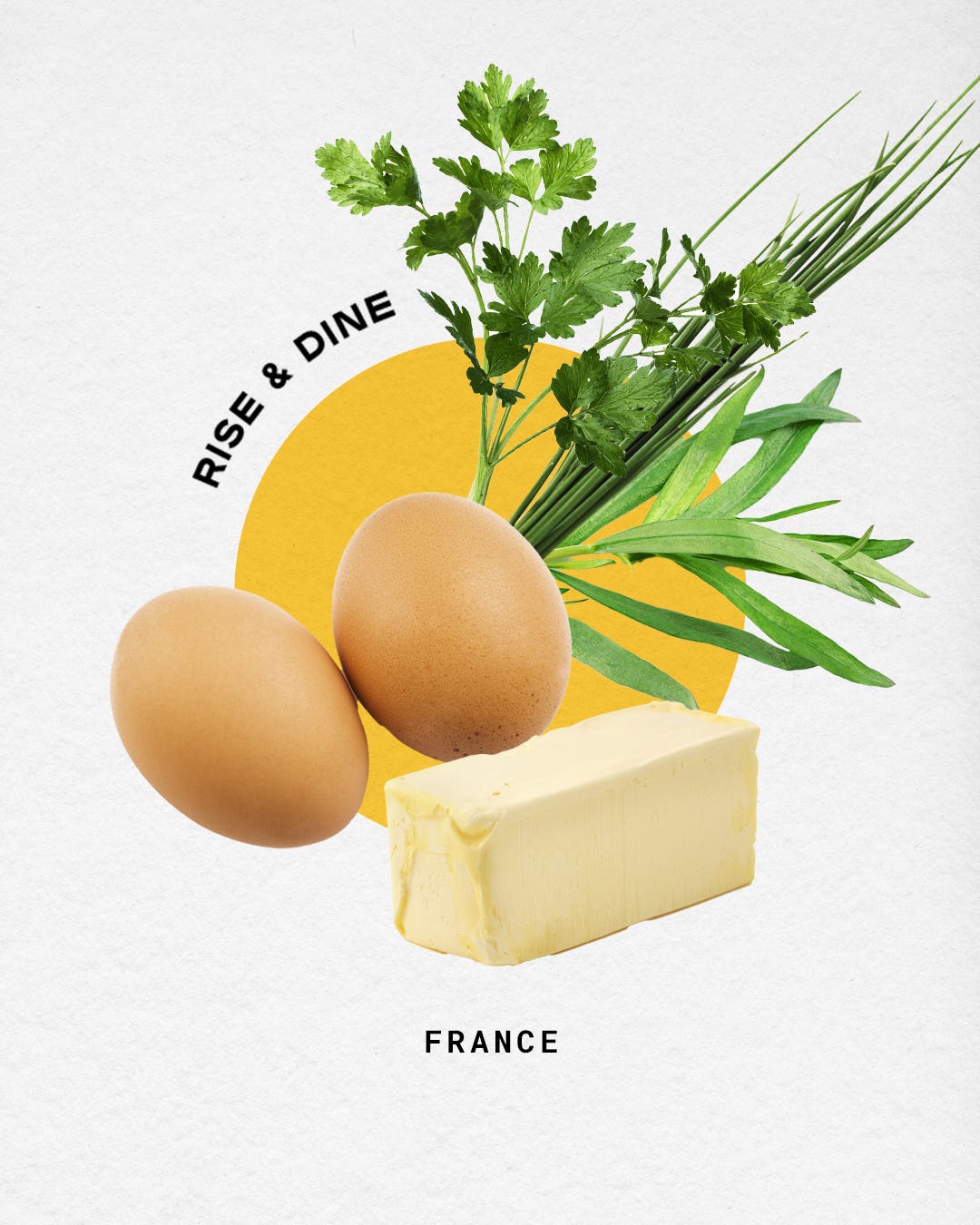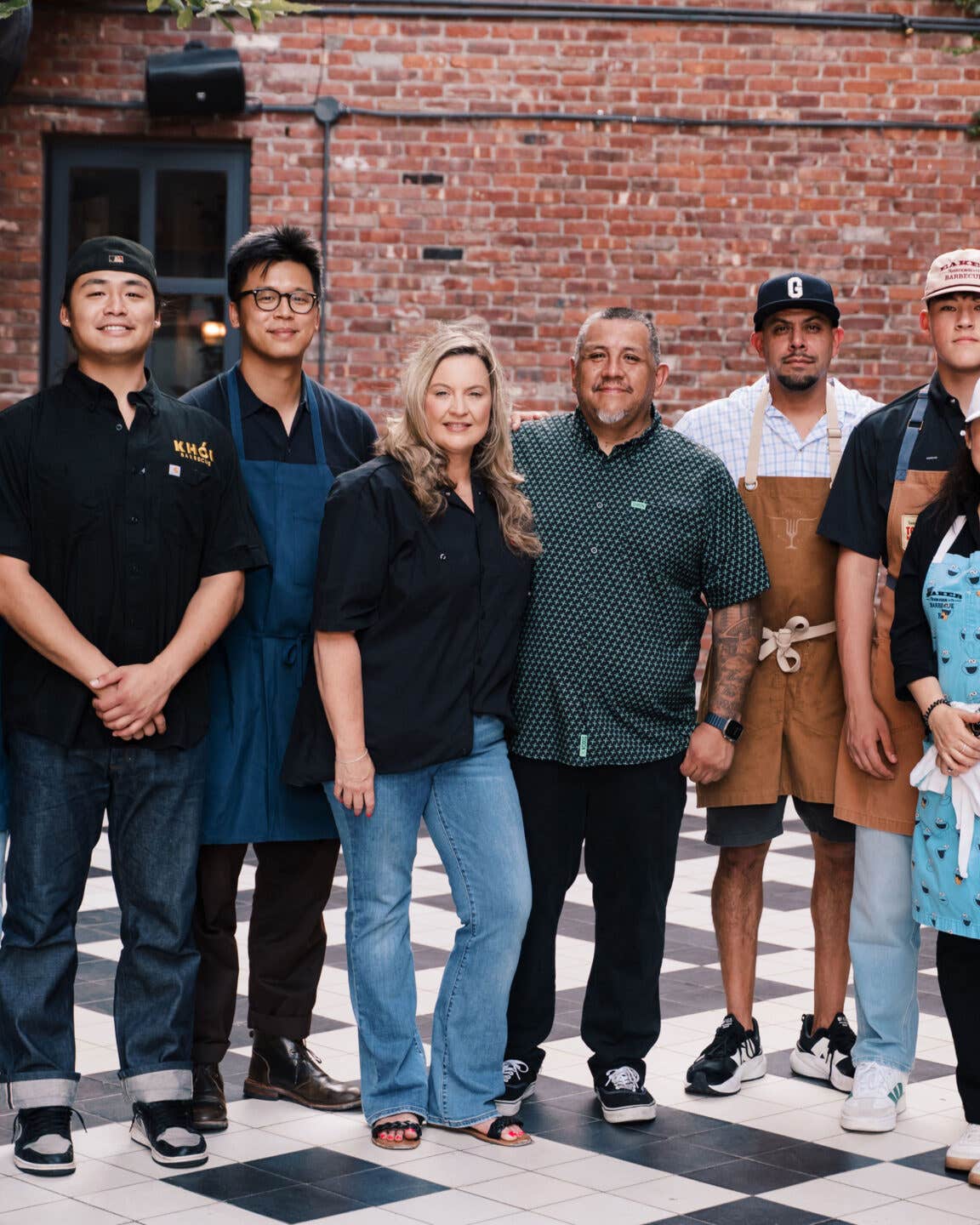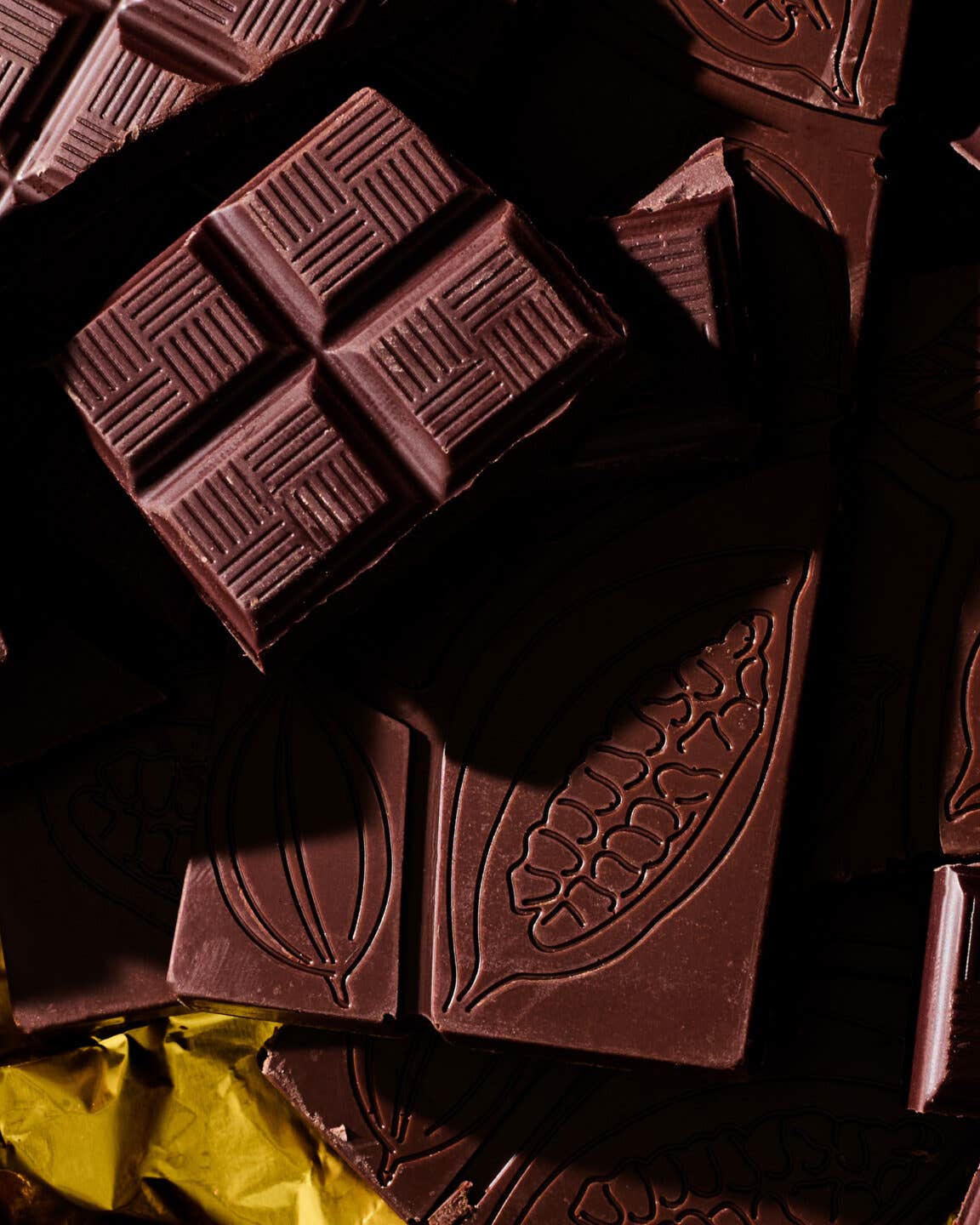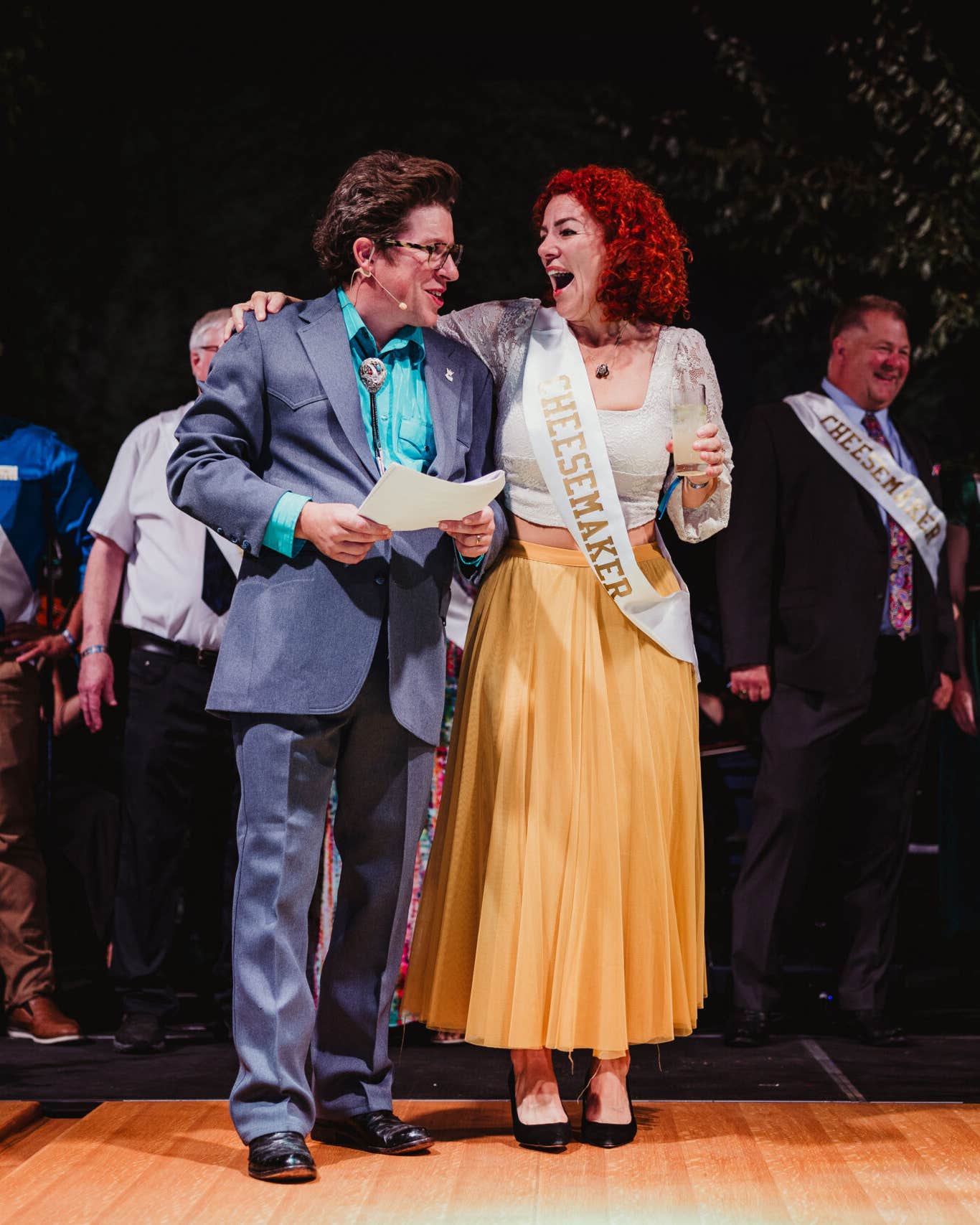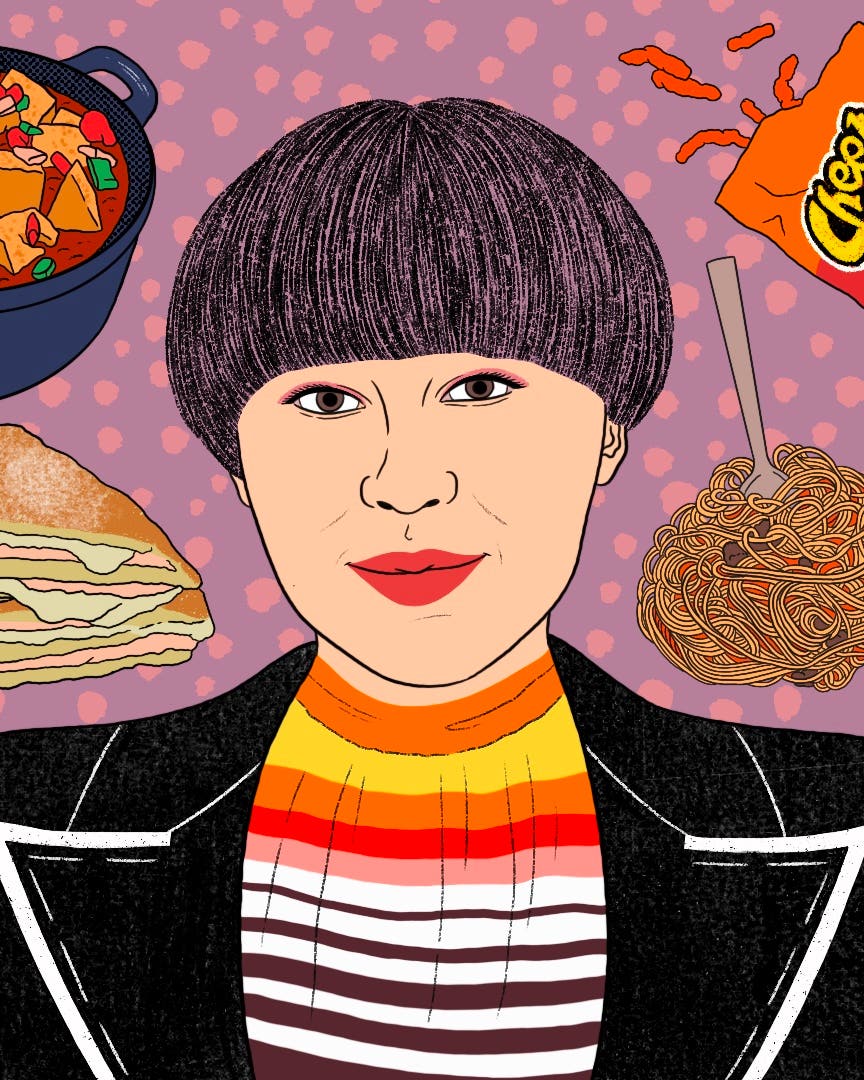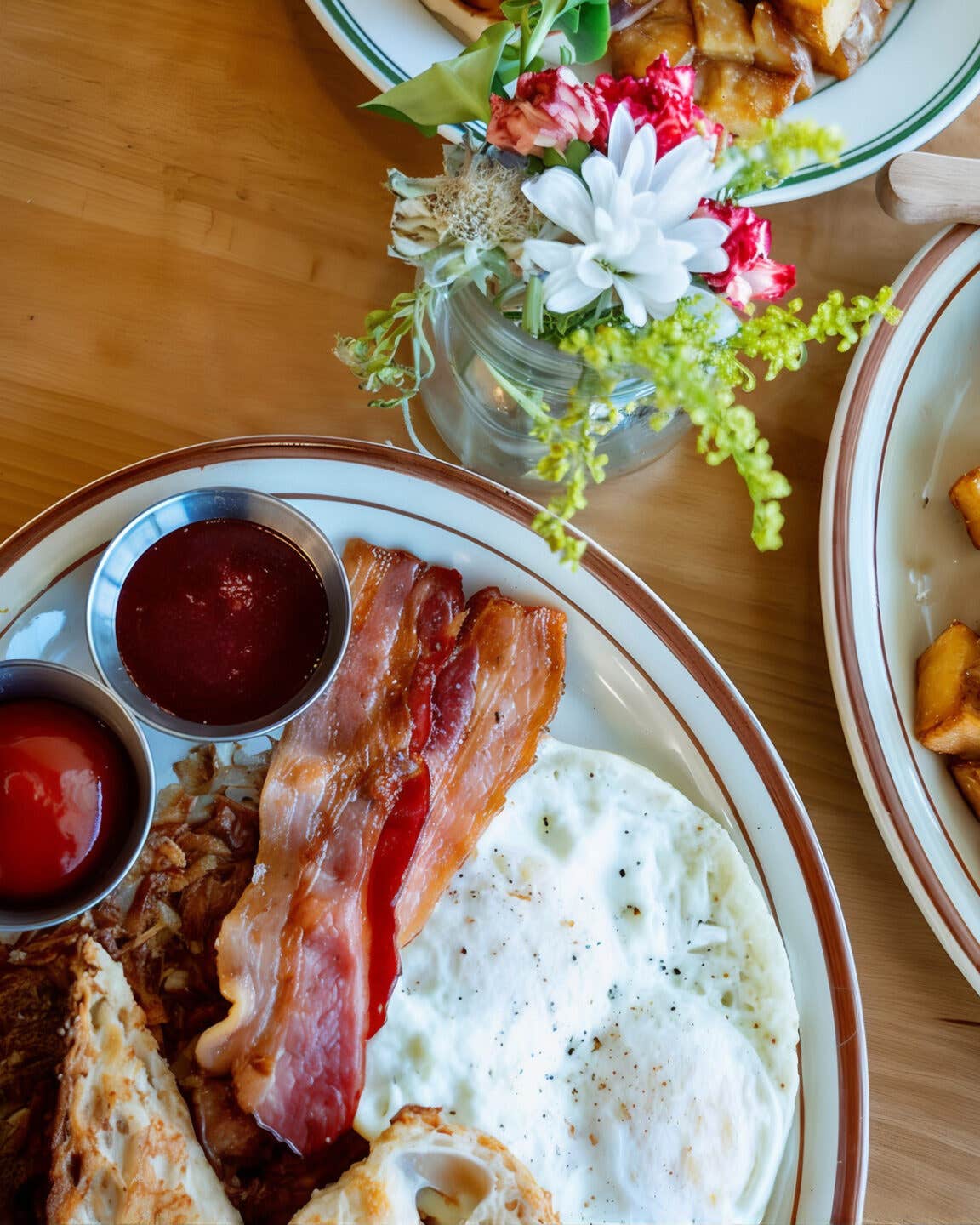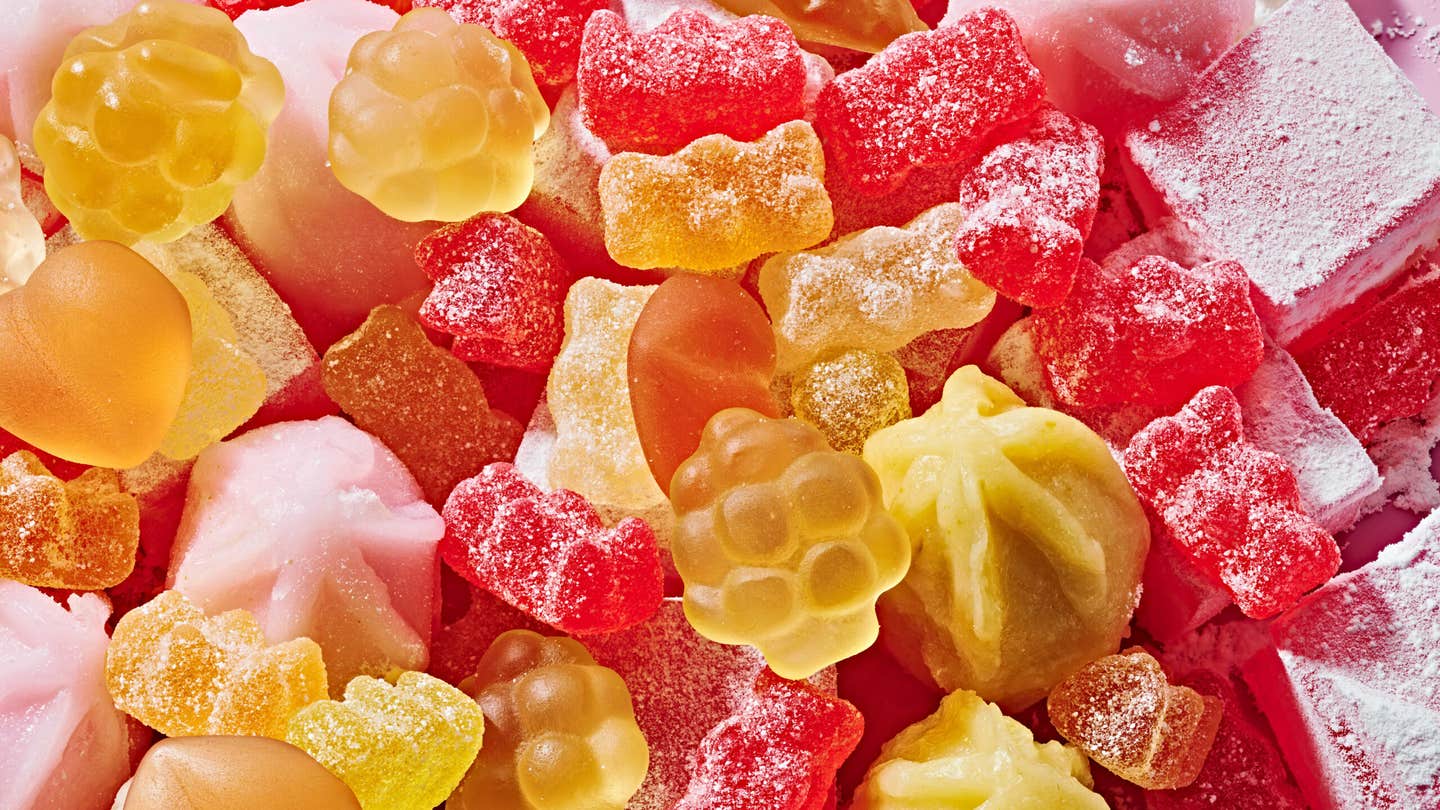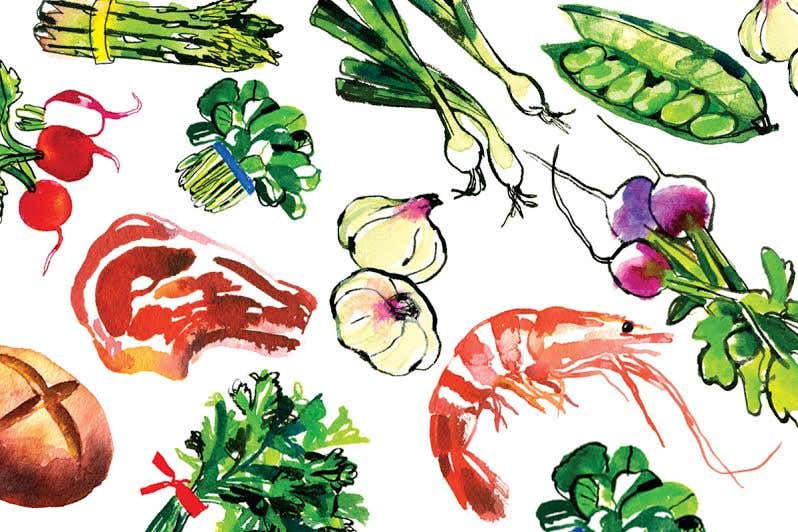
My first attempt at making a cake (from a boxed mix) was a flop. I never figured out why, but it smoldered rather than rose. I was 16 years old and, right there and then, I swore off baking. But one day, when I was in college, I was asked to bring dessert to a party, and I thought I might at least be able to manage some cookies. A friend lent me a well-thumbed copy of something called Maida Heatter's Book of Great Desserts; I flipped it open and found myself engrossed. "The rule is TLC—tender loving care," writes Heatter in her introduction to the chapter on cookies. "Do not just put cookies in the oven, set the timer, and walk away until the bell rings. You must watch them...and baby them." Elsewhere, she recommends using Philadelphia Brand Cream Cheese, adding, "Other brands… do not all work the same. (I learned this the hard way.)" I quickly realized that this wasn't some scary culinary textbook. The author didn't assume that I was a master of fancy cooking techniques nor did she demand leaps of faith from those following her recipes. She somehow made me believe that if I—even I—actually followed her instructions,the ingredients called for would somehow transform themselves into legitimate cookies, pies, or even cakes. Heck, I thought, if I'm going to try baking again, I might as well go all the way. So instead of cookies, I made a Maida Heatter signature dessert—her Queen Mother's cake, a flourless chocolate cake made with eggs and ground almonds—a concoction of which the author writes, "If there could be only one cake in the whole world, this would be my choice." It worked. It was a huge success, in fact. I was hooked, not just on Queen Mother's cake or on baking, but on Maida Heatter.
More than a dozen years after I first encountered Great Desserts, I have the chance to meet its author and to watch her bake in her own kitchen in Miami Beach. As I approach the front door of her sleek, single-story house on Biscayne Bay, it swings open and Maida Heatter herself appears—a tall, elegant, perfectly coiffed eighty-something, dressed in a navy blue silk shirt and crisp white slacks. "Welcome!" she calls to me. "Come in!" As I reach the threshold, she embraces me, then leads me straight into her airy open kitchen, with its large center island, glass-doored twin ovens, and wall covered with reddish orange Le Creuset pots and pans—her favorites. "I want you to see something," she says. "I just created this." She points past stacks of her cellophane-wrapped brownies and tall jars filled with her biscotti at a smooth, shiny cheesecake spotted with huge brown polka dots.
"I've made a lot of different cheesecakes," she continues, "usually variations on Craig Claiborne's basic recipe. I really don't know how I came up with this one. I just put some chocolate batter into a pastry bag, and voila! The way the dots formed on the surface surprised me, but the real surprise came when I cut into it. Look!" She slices into it with a big chef's knife and lifts out a wedge. A perfect chocolate circle floats in the middle of the cut side, just like the one on top—seeming to defy culinary geometry. "Every time I cut into this cake," she says, "I get so excited. Whenever I make it, I'm always afraid that this time it won't work, but it always does. It's gorgeous! Diamonds, jewelry, furs—they don't mean anything. Nothing gives me as much pleasure as cutting into this cake!"
For more than a quarter of a century, Maida Heatter—known to everyone as Maida—has, with her books and classes, been influencing the way America prepares (and eats) desserts. She didn't set out to become a culinary legend, however. She never attended cooking school or apprenticed at a fancy French patisserie. Everything she knows about baking, Maida says, comes from her mother ("a wonderful cook"), from other cookbooks (one of her favorites is Mildred Knopf's The Perfect Hostess Cook Book), or from trial and error. ("I'll do whatever it takes to make a recipe work!") She has always liked to cook, she adds—but baking has become her passion. When compared to baking, she says, cooking "is like a baseball player warming up for a game."
Maida was born on Long Island and brought up there and in Manhattan. Her mother was a former grade school English teacher; her father was Gabriel Heatter, probably America's most celebrated radio commentator of the 1940s and '50s—famous for opening his wartime broadcasts with the phrase "Ah, there's good news tonight," followed by any bit of good news he could find. After high school, Maida enrolled at New York's Pratt Institute, where she earned a degree in fashion illustration. Shortly after graduation, she
began a successful career working as an illustrator for the _New York Herald Tribune _Retail-Merchandising Service. She left that when her hobby of making hand-worked silver rings turned into a full-time occupation, and she began toiling around the clock to fulfill orders for an expanded line of fashionable jewelry (and, later, hand-painted scarves and ties) for Macy's. In the late 1940s, she moved to Miami Beach, where she met a National Airlines pilot named Ralph Daniels at a friend's party. "I had some cellophane-wrapped brownies in my pocketbook, as I always do," she tells me, "so that I can give them to people, and when Ralph asked me to dance, I offered him one. He always said that that did it for him." The couple were married in Miami about two years afterward.
In the early 1960s, the recently widowed and seriously ill Gabriel Heatter moved in with Maida and Ralph. Maida urged her husband to find a job that didn't require traveling, and the two of them came up with the idea of opening a little coffee shop in Bay Harbor Islands, a chic Miami Beach neighborhood. "Neither of us knew anything about restaurants," Maida remembers, "but I had just returned from a trip to New York, where I went to a coffee bar that served espresso and cappuccino, and saw a handsome man behind the counter reading the New York Times. It looked like fun to have a little shop like that, so we did it." They called the place Inside ("It was an offbeat name for a restaurant, and we liked that," she says). It was a hit, and soon became a full-scale restaurant.
Maida gave up designing jewelry to bake for the restaurant, and she never looked back. "I've sold my jewelry to many people, and I'm happy to know that they're wearing it," she says, "but I never got the connection that I get when I give someone a favorite recipe or something I've baked." Anyway, she adds, her careers aren't as disparate as they may seem. "It might sound strange," she says, "but the same rule of design that applies to artwork or to a nice dress applies to a brownie: You want to keep it simple."
At the request of restaurant customers, Maida started giving baking classes in her home. When the crowds grew too large, Burdine's, a local department store, began hosting the sessions. But Maida's career really took off in 1968, when the Republican Party held its presidential convention in Miami. Maida thought that she'd drum up a little publicity for Inside by putting elephant meat on the menu in honor of the city's guests. Having tracked down about ten cases of canned elephant meat, she and her husband, adapting a recipe from a friend's restaurant in Kenya, served elephant meat omelettes, with sauteed bananas and chopped peanuts on the side. Not one person ordered it—but the stunt did receive plenty of press. Even Craig Claiborne, then food editor of the New York Times, came by to get the story. What he went away raving about, though, was the amazing array of desserts Maida was serving. She offered him copies of the handwritten recipes that she'd been giving out to the restaurant's customers for years; Claiborne was so impressed by them that he suggested she write a cookbook. She did, and the result was _Maida Heatter's Book of Great Desserts _(originally published by Knopf in 1974).
Maida's first book became a best-seller, and six more volumes followed over the next 23 years (all of them illustrated by her daughter, Toni Evins, who is now deceased). This November, Cader Books/Andrews McMeel is issuing three compilation volumes—Maida Heatter's Cookies, Maida Heatter's Pies and Tarts, and Maida Heatter's Cakes. Along the way, her work attracted an impressive roster of fans, among them not only Claiborne but Nancy Silverton of the La Brea Bakery and Campanile, Jacques Pepin (who calls Maida's recipes "solid stuff, the best of what's done in America"), and Wolfgang Puck. Maida and Puck became fast friends in 1976, when she taught baking classes at the cooking school attached to the now-defunct Ma Maison restaurant in Los Angeles, where Puck was chef. "She never complained about anything," Puck remembers, in a tone suggesting that certain other instructors did complain, "even when the air-conditioning wasn't working. She just wanted to teach."
Maida still spends the better part of almost every day in her kitchen. "I wake up and force myself to spend 30 minutes on the treadmill before I set foot in the kitchen," she says, "because I know that once I'm in there, I never want to leave." On the day I visit her, as it happens, all the ingredients for Queen Mother's cake are neatly lined up on one counter. "I made ten desserts every day for Ralph's restaurant, and this was always one of them," she says. "I never tire of it. Everyone loves it." (They sold the restaurant in 1974; Ralph died in 1991.)
Like most of Maida's desserts, Queen Mother's cake has a story: Apparently an old Austrian classic, it was "discovered" by the pianist Jan Smeterlin in the 1950s. He passed it on to a friend, who reputedly served it at a tea at which England's Queen Elizabeth the Queen Mother was a guest. She loved it and asked for the recipe. Maida found that recipe in the _New York Herald Tribune _in 1962, then worked her magic on it—putting it into her own words, describing every step along the way, gently urging readers to "handle with care"—and included it in her first cookbook. It is delicious and impressive, and, perhaps because it is foolproof (as my early experience proved), the cake's recipe went on to become her most popular.
With an ice pick, Maida chips chunks from a huge block of Callebaut chocolate, on top of a large sheet of parchment paper. She then lifts the paper and funnels the chocolate onto the scale. "I always work on parchment paper," she says. "It's so neat and easy." Next, she weighs the chocolate. "If a recipe calls for six ounces," she counsels, "use six ounces. I'm a Virgo, so all this precision comes naturally to me, but I know that it can be aggravating for others."
Maida's goal is a perfect dessert every time—and she wants those who follow her recipes to achieve the same end. If the recipe doesn't deliver, she wants to know why. A stranger from the Miami area once looked Maida up in the phone book and called her for help with a recipe that she just couldn't make work. "I may have been crazy, but I invited her over to show her how to make it." (It turned out that the lady had been using margarine instead of butter and omitting the sugar, Maida recalls—still sounding a bit annoyed.) On another occasion, the _New York Times _test kitchen was having problems with one of her pound cake recipes. "I told Ralph about it, and next thing I knew, we were on a plane on our way to New York. We wanted to make sure that recipe worked."
When the Saveur Kitchen team called Maida about a problem it was having with her polka dot cheesecake recipe—the top of our version kept cracking—she offered succinct advice: "Don't overbeat your eggs." She also told us exactly how deep the water in the bain-marie should be (one and a half inches). A new cheesecake went into the oven. Just as it was due to come out, the phone rang. It was Maida. "She wanted to make sure we didn't overbake the cake," explains Kelly Kochendorfer, director of the Saveur Kitchen.
Maida now pours her chunks of chocolate into the top of a double boiler and covers it. "I just use the cover to get the melting started. If you leave it on for too long, it will steam and the moisture will ruin your chocolate." She gives the mixture a stir, then adds coquettishly, "And chocolate has to like you. We love each other." She drops butter into the bowl of her ten-year-old Sunbeam Mixmaster. "This isn't a glamorous mixer," she says, patting the machine, "and it's not considered very chic, but I prefer it to the professional mixers. The bowl is off-center, which lets me scrape down the sides or add ingredients while the machine is running." She swirls in the chocolate and tosses in ground almonds. In another bowl, she beats egg whites. "Wolfgang Puck taught me to add lemon juice to keep the egg whites strong," she says—though she is still careful when folding them into the batter. "Don't worry if the whites aren't completely incorporated. It's better than overworking and deflating them." She gently pours the mixture into a round springform pan.
"Everyone who loves to bake should have plenty of friends who like desserts, and a friendly neighborhood restaurant," Maida says, as she jiggles the pan to evenly distribute the batter. When her friends Michael Schwartz and Miles Chefetz of Nemo—her favorite restaurant in Miami's trendy South Beach—fired their pastry chef suddenly and found themselves without desserts one evening, they called Maida. "I told them not to worry; I rushed over with all sorts of chocolate desserts that I had in my freezer. The customers loooooved them!" And, she adds, "I got my freezer back." Still in her freezer, however, since she won first prize for originality at the International Cooking Olympics held at the Miami Beach Convention Center in 1966, are the little fish that she made out of pie crust dough and filled—she thinks—with sardine paste. "I don't know why I've kept them all this time," she says.
She checks her oven's temperature and gingerly slides the pan inside. "If a recipe calls for a 350°F oven, you'd better be sure your oven is really at 350°F," she warns. "I double-check with two thermometers. And once your food is in there, try to open the oven door as little as possible." While the cake bakes, Maida offers me a glass of Grgich Hills chardonnay, one of her favorites, and tells me about the letters she gets from people who bake from her books. "A few are from people who have problems with recipes, or with their lives, but mostly I get mail about their successes, sometimes with proof. I've seen so many pictures of beautiful mushroom meringues [from her first book]! That just thrills me. I thought it was a pretty tough recipe to master. But so many have!" We continue chatting until the timer buzzes, a brief hour and ten minutes later.
Maida lifts the cake out of the oven and sets it on a damp towel. "The original recipe calls for the towel and I don't know why. But I do it anyway—if it ain't broke, don't fix it!" When the cake has cooled, Maida flips it onto a rotating cake stand, heats heavy cream, chopped chocolate, and Medaglia D'Oro instant espresso powder together into a rich icing, and pours it over the perfectly browned creation. "You really need a cake turner to get that smooth yumminess," she says as she rotates the cake, spreading and smoothing the chocolate icing over it with a metal spatula. "It's gorgeous!" she exclaims. "Glorious!"
My cakes never turn out quite that well—but they're beautiful and they taste great. Maybe it's my oven. Next time, I'll beat the egg whites with lemon juice and check the temperature with two thermometers. I might even buy a cake turner. And when my cake is just perfect, I'll take a picture of it and send it to Maida, to add to her collection.
Keep Reading
Continue to Next Story
